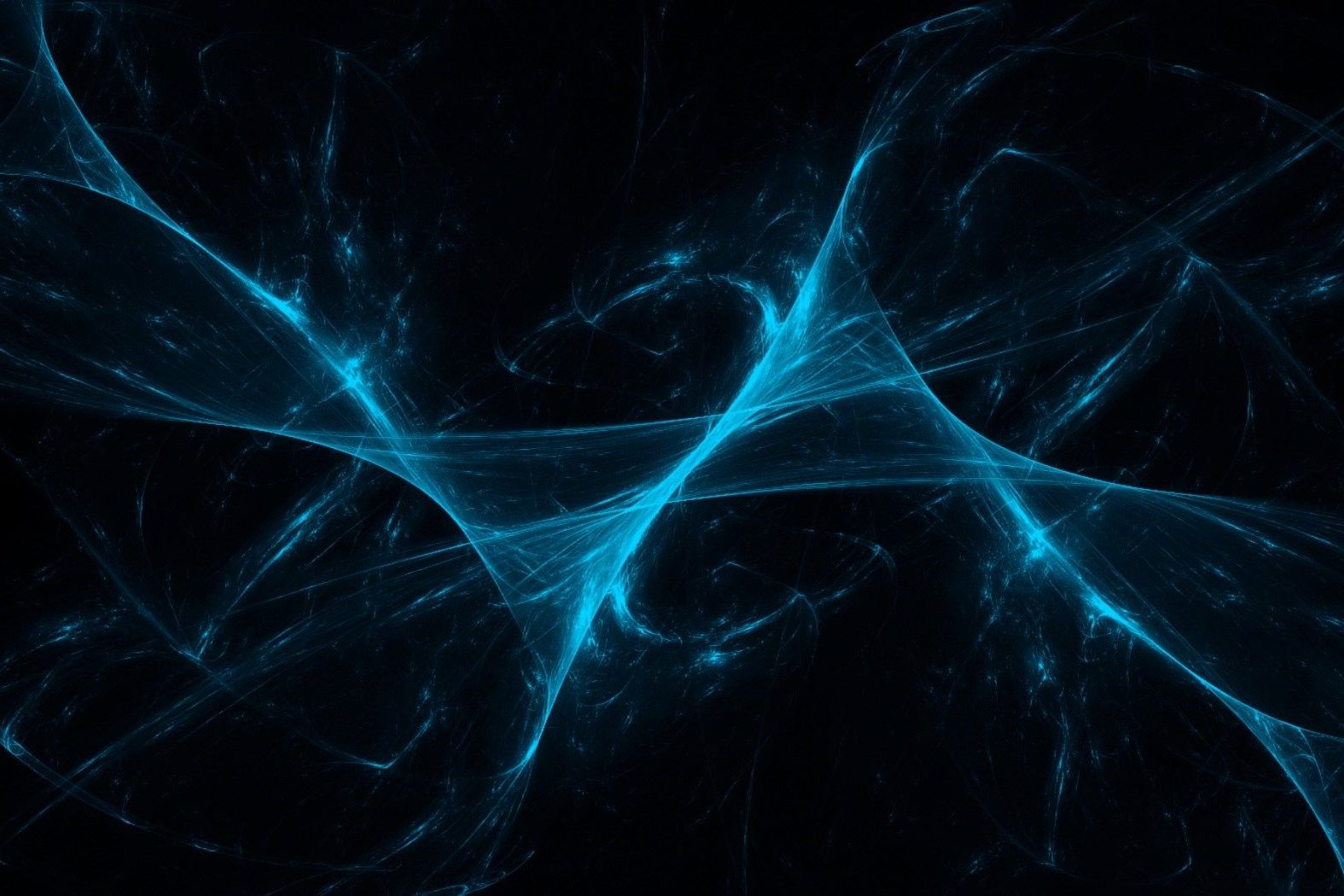Ok, let’s try to demystify (and simplify) one of the key pillars of quantum computing. The Uncertainty principle (and we will talk about entanglement later). (Proper physicist out there: forgive the blatant simplifications!)
Imagine you have a collection of hand gloves, and they have 2 specific properties that are binary and completely unrelated to each other. The gloves can be red or blue, and can also be left-hand or right-hand. If you pick a right-hand glove there is a 50% chances that it will be red and 50% it will be blue (completely uncorrelated). Likewise, if you pick a red glove, you have 50% chances of it being right-handed and 50% of it being left-handed.
Now, imagine this is a “quantum” glove, very small, electron size. And because of its size you have to make a very special machine to measure its properties. You are able to create a super accurate machine that can measure the glove’s hand and another one that can check its color. You have built these machines with different components and the best brains in the world have given you a 100% accurate device. You enter one glove in the color machine and will give tell you the correct color a 100% of the times. Same with the hand-detection machine. These machines are black boxes. You enter the glove through one hole and it will spit it out through one of two holes, one for each variable option.

You have a lot of gloves and there are the same amount of each type. If you throw 1000 gloves into the machine you will end up with around 500 in each basket, neatly divided by color. Now we can build a nice glove-sorting-gizmo by joining together our machines

We take all the gloves going out of the “red” output of the color machine, and put them through the hand machine, so in principle we should have ALL red gloves (and only red divided by Left handed red in basket A and right handed in basket B. (And we discard the blue gloves, we hate you blue!!)
So far so good. Our quantum gloves appear to behave in the same way as our normal physical gloves. But here comes the weirdness. Since our machines are super accurate and we are tying everything together, if we attach another color machine AFTER the Left-Hand output of the Hand machine, we should only see Left Hand Red Gloves right?

Right?
RIGHT??????
Well, no. In reality, what happens in the lab is this:

WHAT?
To be clear: We throw 1000 gloves in the first color machine. Approximately 500 come out red, we put those in the hand machine, approximately 250 come out left hand. We take those to the color machine… and approximately 125 come out red and 125 blue. WHAT THE HECKING HECK!!
So apparently the color property (and the hand property if we designed the system the other way around) are not as fixed as we thought. Some people thought those properties belong to something else that perhaps we were not able to measure properly, or that was hidden to our eyes and devices. (Don’t fire your machine contractor yet, he is a good guy!) But alas, for the sake of Feynmann, there was absolutely no correlation between the gloves we put in the first device and which ones “changed” color. There must be something in the “hand machine” that tampers with the glove color and changes its otherwise perfectly fixed, uncorrelated properties. Or to be more precise, properties that are completely independent in the classical world, appear to be correlated in the quantum one.
So, if we can’t be sure of the properties of any given object, how can we DO STUFF? The good news is that this only happens in the “quantum” small world. Our real life human size gloves are big enough so their properties are “constantly” being measured, so no risk of them changing color in mid-flight. Only socks get lost in washing machines. There is something else, something “uncertain” about specific properties in these quantum objects (Non commutable observables, they prefer to call them, I like more “wierdy variables that mess with our brains”)
How is this relevant for computing? Well a Qubit can be physically manufactured with a quantum system, either with a photon, an electron or a trapped ion. And we can play with two uncorrelated properties that can’t be measured together. In the case of a photon we can measure and filter its polarisation.
By being very smart and doing some tricks, you can “measure” your Qubit in one (or many) basis, and with that encode both problem data and problem solutions.
But this is only the beginning. What if you could have two gloves that alter the properties of each other (entanglement). Or what if you could do something that automatically destroys all possibilities of the glove being red? (Interference)
This little text was inspired by the great Allan Adams here
For those who want an intro into quantum mechanics, I can’t recommend enough watching the MIT course (and doing the exercises in their courseware!)
